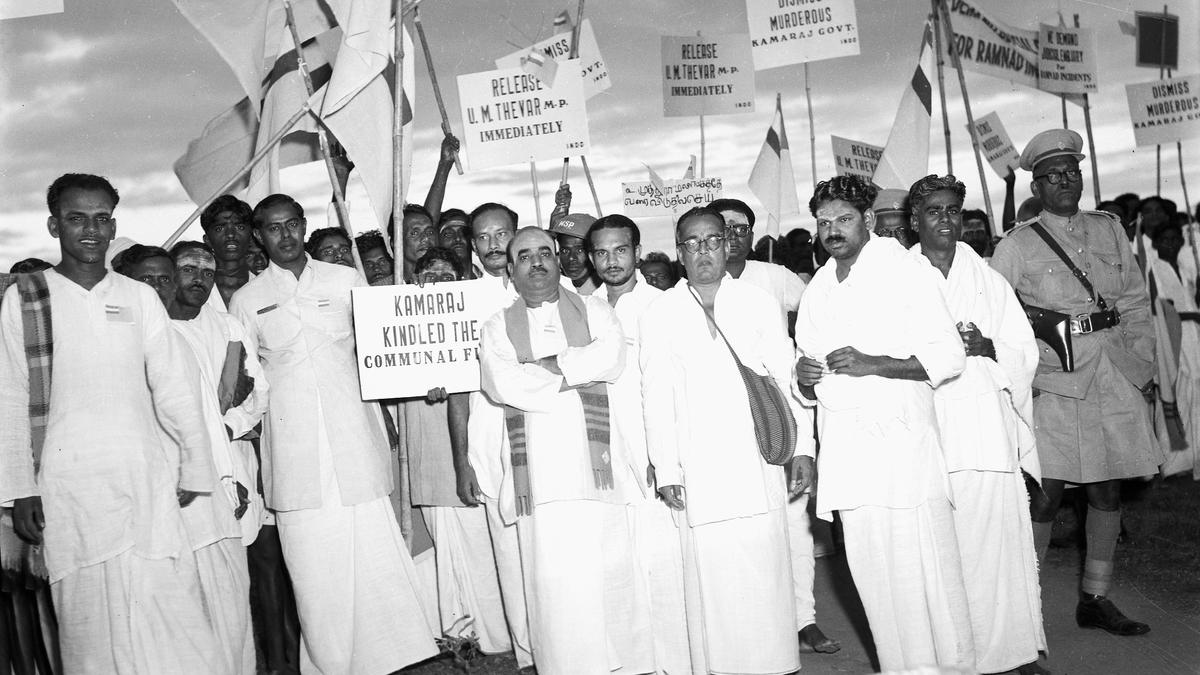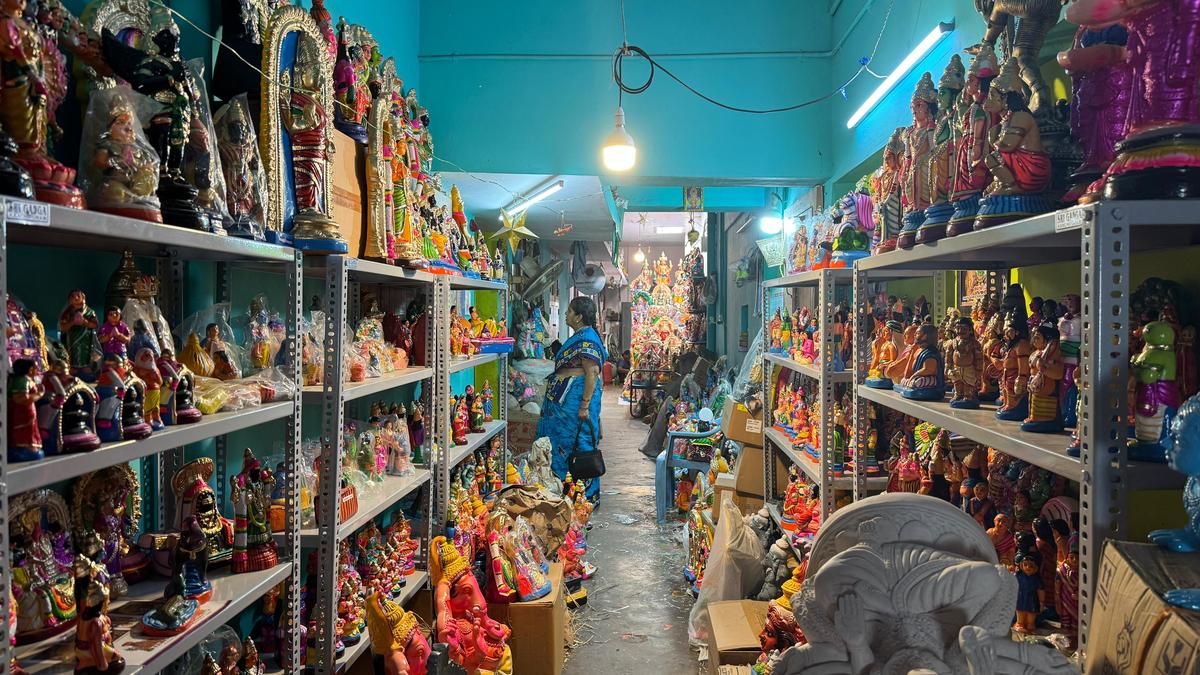Now Reading: Mudukulathur Riots: Caste Unrest Following Immanuel Sekaran’s 1957 Murder
-
01
Mudukulathur Riots: Caste Unrest Following Immanuel Sekaran’s 1957 Murder
Mudukulathur Riots: Caste Unrest Following Immanuel Sekaran’s 1957 Murder

Fast Summary
- september 11 has dual importance for Tamil Nadu: marking the death anniversary of nationalist poet Subramania bharati and the murder of activist Immanuel Sekaran in 1957 at Paramakudi.
- Sekaran represented Scheduled Castes (SCs) in Ramanathapuram, a caste-sensitive district, leading to tensions with dominant caste groups like the Mukkulathors.
- The Mudukulathur riots of 1957 were triggered by changing political and economic dynamics among SCs, Nadars (to which Chief Minister K. Kamaraj belonged),and Maravars (U. Muthuramalinga Thevar’s community).
- Events included police firing at Keezhathooval killing five Mukkulathors, escalating perceptions that Congress under Kamaraj was antagonistic to their community.
- Union Minister B.N. Datar attributed the riots to communal feelings sharpened post elections but stressed addressing underlying bitterness between groups.
- Studies underline the social effects: interventions by Kamaraj improved SC access to education and jobs; yet caste tensions lingered through decades such as during deaths associated with Sekaran and Thevar anniversaries.
- In 2011, violence broke out during Sekaran’s death anniversary leading to clashes in Paramakudi; seven SC members were killed when police opened fire during assembly protests.
image Caption: Members of Indian National Democratic Congress demanding a judicial inquiry into incidents at Ramanathapuram in December 1957.
Indian Opinion Analysis
The Mudukulathur disturbances of 1957 underscore entrenched societal complexities within Tamil Nadu tied to communal and political dynamics among key caste groups. While interventions by governments improved aspects of social equity-such as increased educational access-ethnic rivalries persisted due to historical symbols remaining divisive points for communities. The tension reflects both socio-political evolution post-Independence as well as unresolved structural inequities rooted deeply in historical narratives.
That such incidents are still referenced decades later indicates their role as cautionary tales about governance in caste-heavy societies where emotions can easily spiral into violence even decades after direct confrontation ends.if anything, they highlight how balancing affirmative action while addressing collective healing remains critical for governments intent on avoiding cyclic recurrence. For India studying episodes like these offers a blueprint toward ensuring that administrative responses prioritize inclusion over factional favoritism-a lesson applicable far beyond single-state concerns.
























